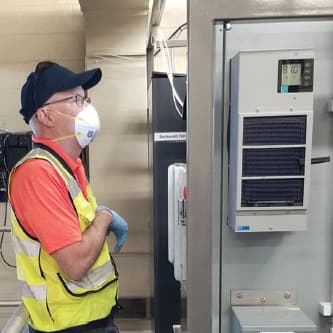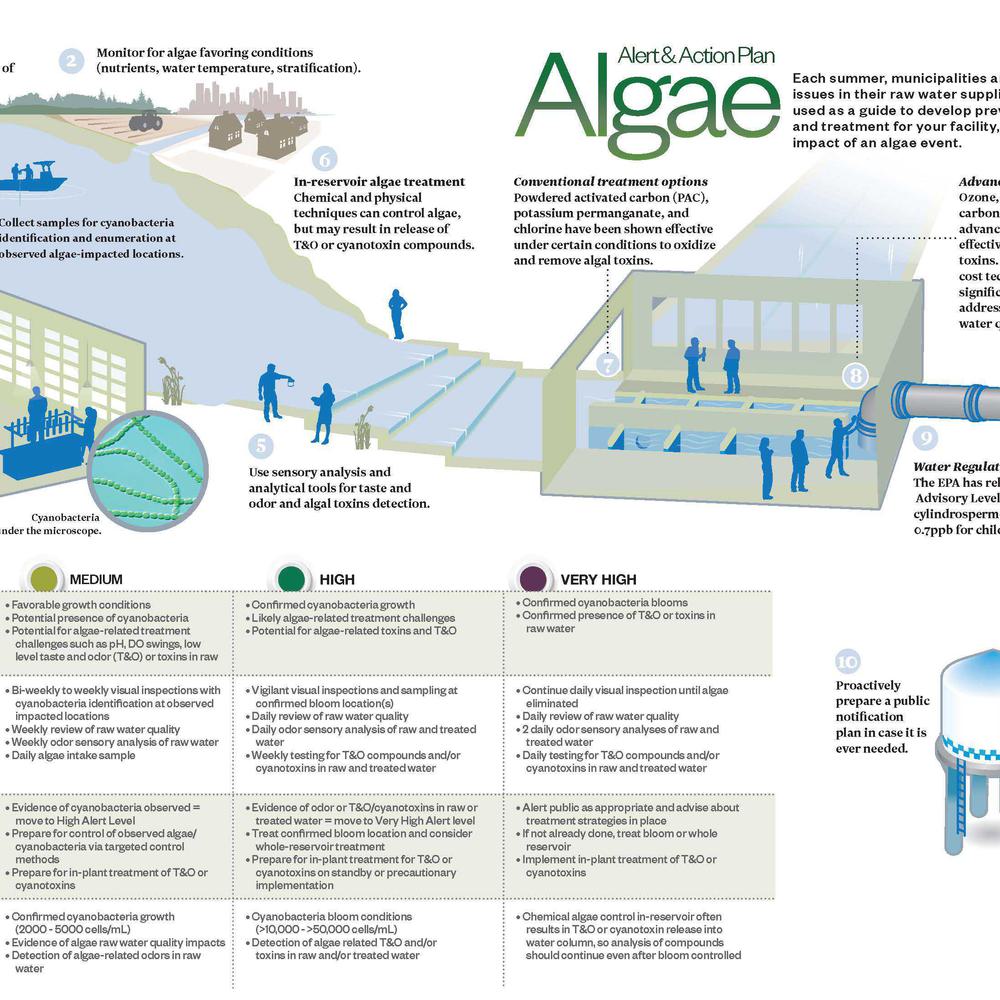Is It Still Okay? Decision Matrix For The Replacement Of Filter Adsorber GAC
Last Modified Jul 06, 2022
Granular activated carbon (GAC) has been utilized for decades as an alternative to other granular filtration media, such as anthracite. It gained widespread use for it's adsorptive properties that has helped utilities meet drinking water standards for synthetic organic chemicals (SOCs) and controlling disinfection byproducts (DBPs). It also has been widely utilized to remove objectionable taste and odor (T&O) constituents from drinking water, including geosmin and methylisoborneol (MIB). Finally, GAC has recently been identified as the preferred granular filtration media for utilities that desire to operate their filters in biologically active manner.
Even with widespread use, there has been little information generated about the longevity of GAC purely as a filtration medium. Most utilities change out GAC media based on exhaustion for the removal of SOCs or organics for DBP control, or for T&O constituent control. Another approach has been to change out GAC on a cyclic basis, usually every 3 to 4 years, based upon recommendations of the GAC manufacturer.
New Jersey American Water Company (NJAW) desired to transition from the current four-year replacement period for surface water treatment plant GAC to a performance-based replacement program. This future replacement may be for the full media bed or for partial removal and replacement of media.
Hazen and Sawyer performed a project to develop a decision matrix for GAC change out at the NJAW Coastal North facilities based on the specific use of GAC at each of the facilities. This use is primarily as a filtration medium, although eventual use in biological treatment may also be desired.
The results of the study identified three major inputs that are needed to establish when GAC media requires replacement: GAC testing and surveillance data; Water quality and operational data; Observations. The outcome will help guide decisions for GAC media change out frequency for NJAW can then decide how to manage the change outs based on the overall results, logistics, operational requirements and costs. This presentation will present the results of media testing and filter surveillance data, and explain the sequence of steps associated with the decision matrix.










